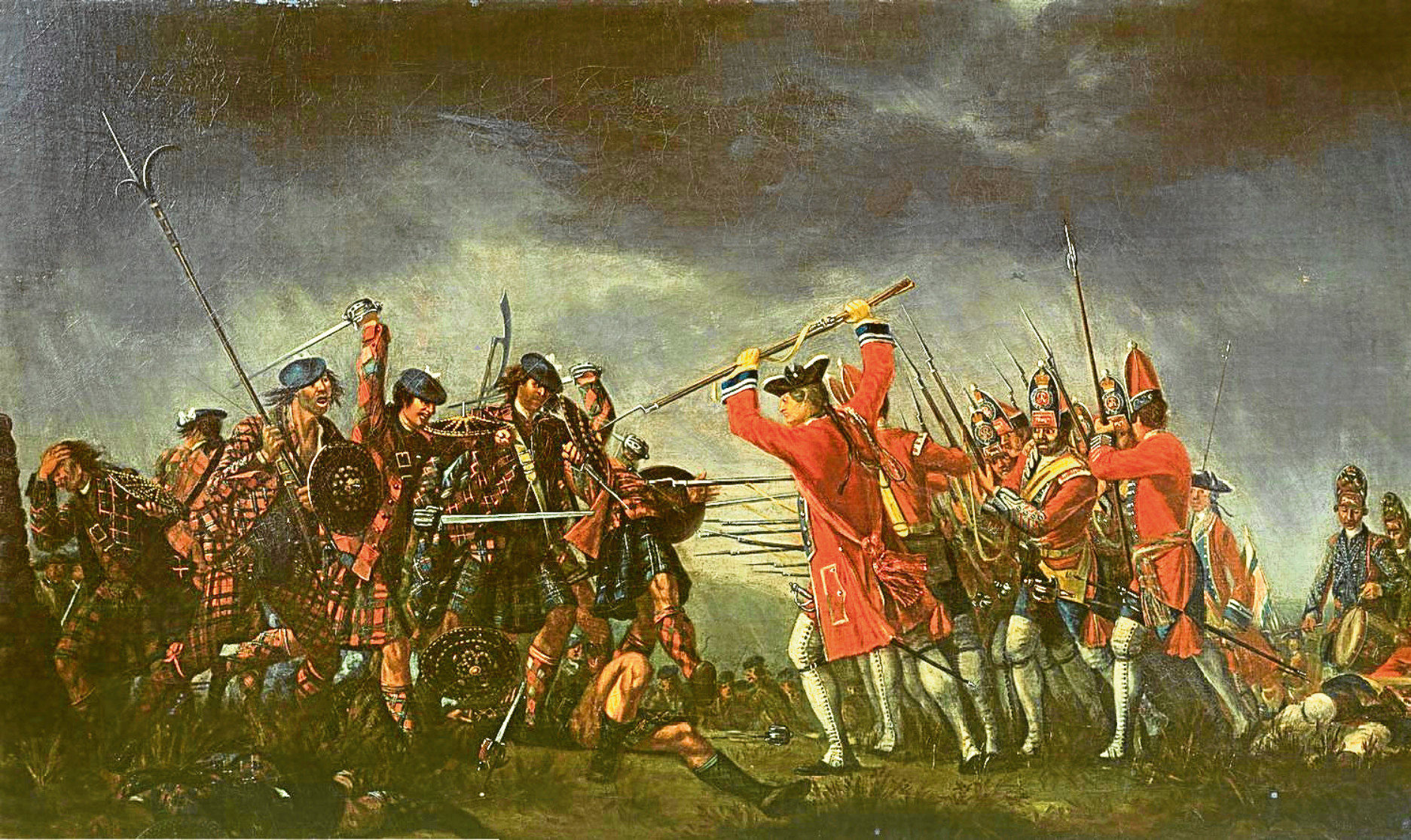
CULLODEN was a crucial point in Scotland’s history, but why did such an important battle take place outside Inverness, and what effect did the outcome have?
Historian Murray Pittock of Glasgow University, author of Culloden (OUP, £18.99) told Gavin Sherriff the Honest Truth about the battle.
Why did you write the book?
I’ve been a historian of the period for a long time, and in the 1990s I unearthed significant archival information that showed the Jacobites were armed and organised in a much more conventional way than was previously thought. The battlefield archaeology demonstrated that the findings were correct in terms of the physical evidence. This book, for the first time, brings these major advances in research together.
Who fought at Culloden?
The two sides were the Jacobites, who wanted to restore the Stuart dynasty and to change the constitutional arrangements of the United Kingdom, and the British Army.
What misunderstandings have people had about Culloden?
The conventional picture was that the Jacobite army was largely armed with swords, and that they faced a force armed conventionally with firearms and cannon.
The Jacobite army at Culloden, when they had to discard most of their artillery, still deployed about 13 cannons.
They also fired more rounds per man from their muskets than the British army fired, so that’s a significant shift in our understanding.
Culloden wasn’t a victory of British muskets over Jacobite swords, but a victory of British swords over Jacobite muskets.
Why did the sides meet there?
The Jacobite army had retreated from the east coast ports. They were running out of supplies. Inverness was the last major borough that they had control of.
What was left of their supplies was in Inverness and without them the army would have starved, so they had to contest the road to Inverness.
Culloden was fought to defend that road against the oncoming British army.
How many were involved?
The British army numbered around 9,000. The Jacobites might have reached around 5,500 but are more likely to have been fewer in number.
The conventional figure for British casualties was given as around 50, but it was actually about 300. The Jacobites probably lost about a thousand. The battle only lasted an hour or so.
A small battle but an important one?
In some ways it was a small battle fought in a marginal location, but the reason it remains so important is that it was the last contest between England and Scotland by force of arms. It made possible the rise of the British Empire, the enlistment of large numbers of Highland Scots to the British army and so on. It’s the point at which the modern UK becomes possible and the British Empire is massively reinforced. It’s a decisive battle in the history of the world.
Did people realise how important it was at the time?
They did, but people didn’t visit the site because they felt very awkward about it. It wasn’t until the 19th century that there was any kind of commemoration.
The National Trust took over a large part of the site in 1937 and in 2009 it was designated a war grave, which is quite unusual for an early modern battlefield.
What’s the battlefield like to visit?
Everyone finds it an eerie site to visit. It’s enormously atmospheric to walk both the front line and get a sense of how both sides lined up on the day.
The other thing to consider, if you visit Fort George, is that you can see the Moray Firth from the Jacobite Lines. The Royal Navy were in the firth and could see the whole thing, although they were too far away to intervene.
Not all the battlefield is open to the public. Much of the site is privately owned.
READ MORE

Enjoy the convenience of having The Sunday Post delivered as a digital ePaper straight to your smartphone, tablet or computer.
Subscribe for only £5.49 a month and enjoy all the benefits of the printed paper as a digital replica.
Subscribe